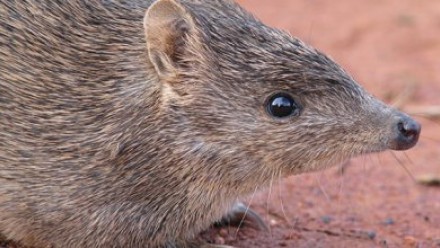The timeline of mammalian diversification
Most molecular dating estimates push back the interordinal diversification of placental mammals and even some orders (such as Primates) into the Cretaceous, 10-20 million years earlier than first fossil appearances. I will discuss how correcting (or avoiding) errors associated with parallel decelerations in DNA substitution rates among large, long-lived taxa brings molecular dates into agreement with the placental mammal diversification observed in post-Cretaceous fossil records. Deeper in the tree, among Mesozoic mammals, I explore correlated homoplasy associated with functional/ecological transitions, with a view to untangling phylogenetic incongruence between anatomical regions for the affinities of several enigmatic taxa, including monotremes and multituberculates. More generally I discuss how recent consilience of molecular and fossil evidence provides an opportunity to re-evaluate the ecological diversification of modern mammals.









